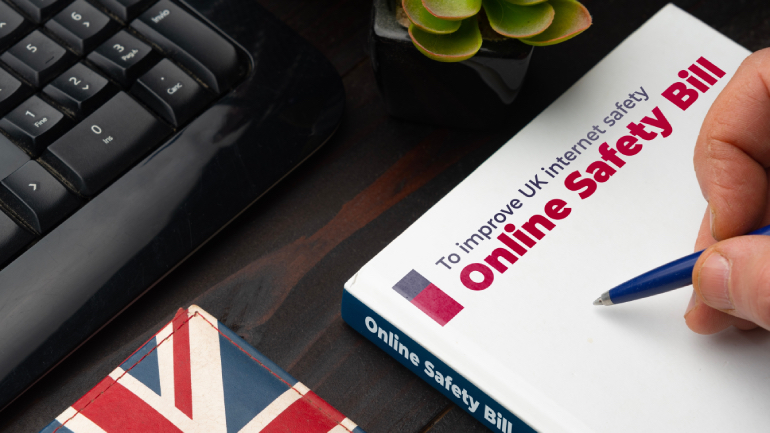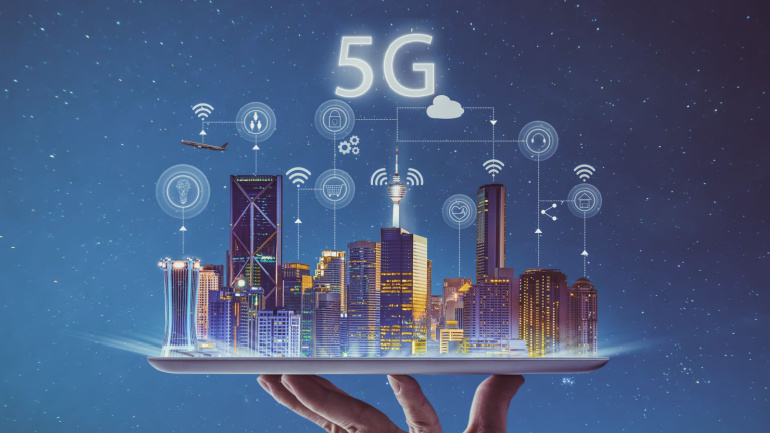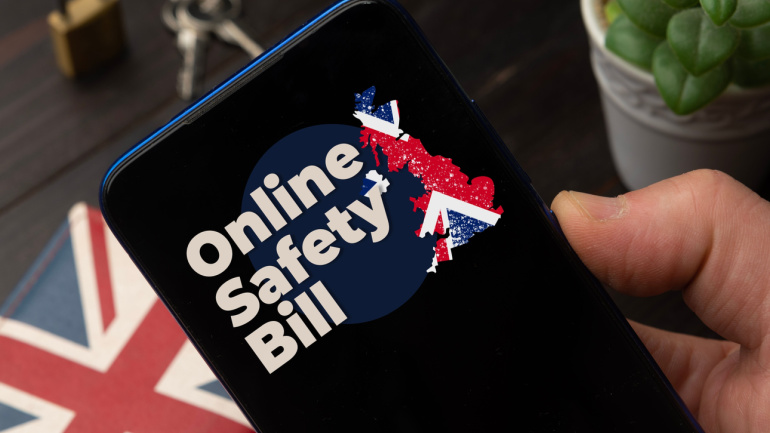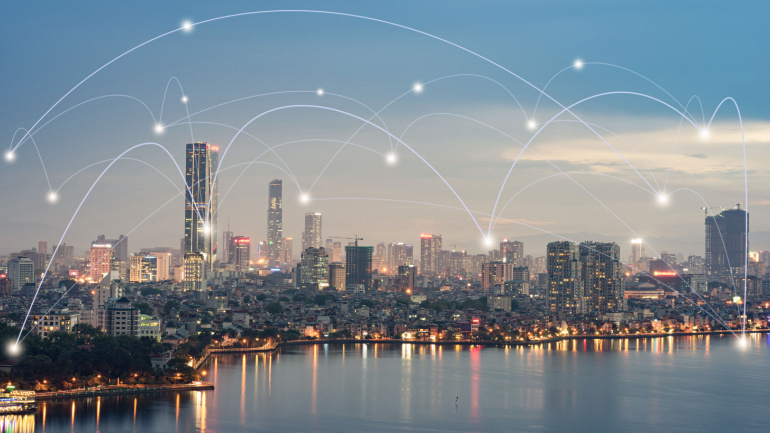The monumental $6 billion merger of Indosat Ooredoo and Hutchison 3 Indonesia has quite literally shifted the telecommunications landscape, propelling the newly formed IOH to Indonesia’s second-largest operator. Amid the complexities of combing networks, meticulous planning was key, and despite the odds, the venture has resulted in substantial improvements in service and competitive edge.
Under the Online Safety Act, UK’s telecoms regulator Ofcom, gears up to reinforce online safety, focusing on protecting vulnerable users, especially children. Their proposed laws call for tech firms’ accountability, ensuring a thorough content governance to curb harmful material. They seek stakeholder feedback on their initial codes against illegal harms online, marking the end of harmful content and the dawn of user safety.
The Global Coalition on Telecommunications (GCOT), launched by the UK, Australia, Canada, Japan, and the US, intends to revolutionize telecommunications through joint R&D, funding alignments, and standard development. Offering insights into the initiative’s broad scope, TMT partner Julian Cunningham-Day highlights the coalition’s focus on supply chain diversification and market competition through Open RAN. Despite the promising advantages, potential vulnerabilities may arise from industry-wide open standards. Additonally, GCOT’s emphasis on yet to be realized 6G technology signals its proactive stance towards future complexities.
In a push for universal cybersecurity standards, the EU faces backlash from global telecommunications titans like Ericsson and Nokia, who warn of supply chain disruptions akin to those experienced during COVID-19. Striking a balance between stringent security measures and smooth product availability is crucial, prompting these industry leaders to suggest increased self-assessment and more lenient implementation timeframes. However, the underpinning question remains – who should ensure industry compliance, the vendors or third parties? Amidst the surge in cybercrime, a secure, streamlined approach is paramount.
The implementation of 5G and 5.5G continues to hit roadblocks for mobile network operators – from an overwhelming number of O&M alarms to growing energy usage. Striking a balance between enhanced user experience and energy efficiency becomes crucial. Furthermore, the substantial financial expenditure for service provisioning underscores the need for attracting high-value customers. As the industry clarity grows on evolving towards autonomous networks, the two standout levels are L3 – a process that enhances efficiency, and L4 – that takes O&M to a proactive level with preventive tactics. Huawei’s solutions in this field focus on syncing optimal energy efficiency with ideal service experience. Interestingly, Huawei’s collaboration with a German operator led to the introduction of a premium package, further opening doors to business growth.
The UK’s newly-sealed Online Safety Act transforms Ofcom into a powerful Internet watchdog. However, its journey has sparked both acclaim and apprehensions concerning children’s online protection and potential privacy infringements, respectively. Crucially, the legislation’s implementation might take a couple of years.
Ofcom’s revised net neutrality rules in the UK now allow broadband providers to offer tiered services based on latency, not just throughput. Furthermore, these new regulations also permit the creation of specialized services, paving the way for network slicing and multi-access edge computing in the future. On the somewhat contentious front, zero-rating, or providing unrestricted access to specific online services, gets a green light, albeit with a few conditions.
The recent partnership between Plume, the cloud wifi platform provider, and one of India’s telecom titans, Reliance Jio, aims to deliver smart home services to almost 200 million properties. Subscribers will gain access to AI powered services offering a range of benefits, from adaptive wifi and performance optimization to enhanced cyber protections. Yet, with great expansion comes potential challenges, such as customer service and quality control.
5G and AI are more than just buzzwords; they’re shaping up to become the backbone of technological breakthroughs. Their ultra-fast capabilities are key for advancements including IoT and intelligent automation. However, with high speed comes high stakes, particularly in the domain of cybersecurity. Yet, despite potential risks, the limitless possibilities offered by 5G and AI, whether it’s efficiency gains or real-time interactivity, are compelling. This combination is set to revolutionize industries, driving anticipation for what lies beyond the tip of this transformative iceberg.
Huawei champions the development of 5.5G technology, anticipating significant steps in network infrastructure. Advocating for evolution and readiness, Huawei focuses on 5G-Advanced as a cornerstone of future telecom progression. However, global implementation poses challenges, with promising 5G speeds needing considerable network densification and negative trends in capital expenditure. As such, Huawei and other vendors are pivoting to cater to the enterprise market, favouring an immersive approach in changing market needs, instead of simply relying on network infrastructure investment.













